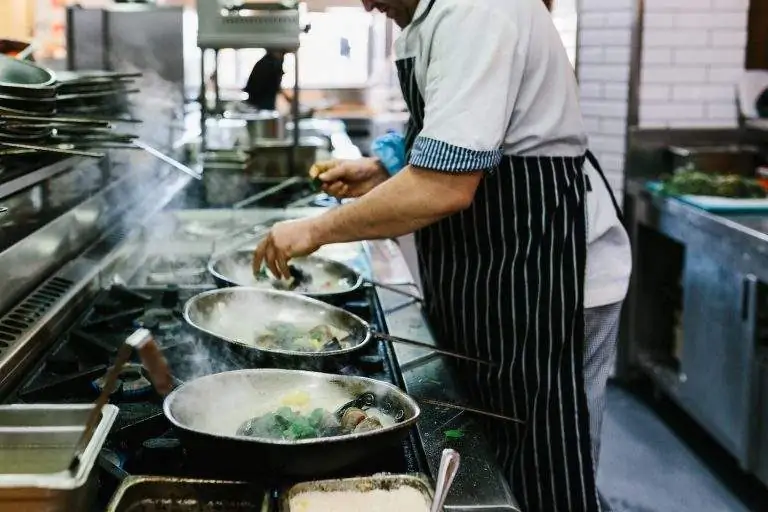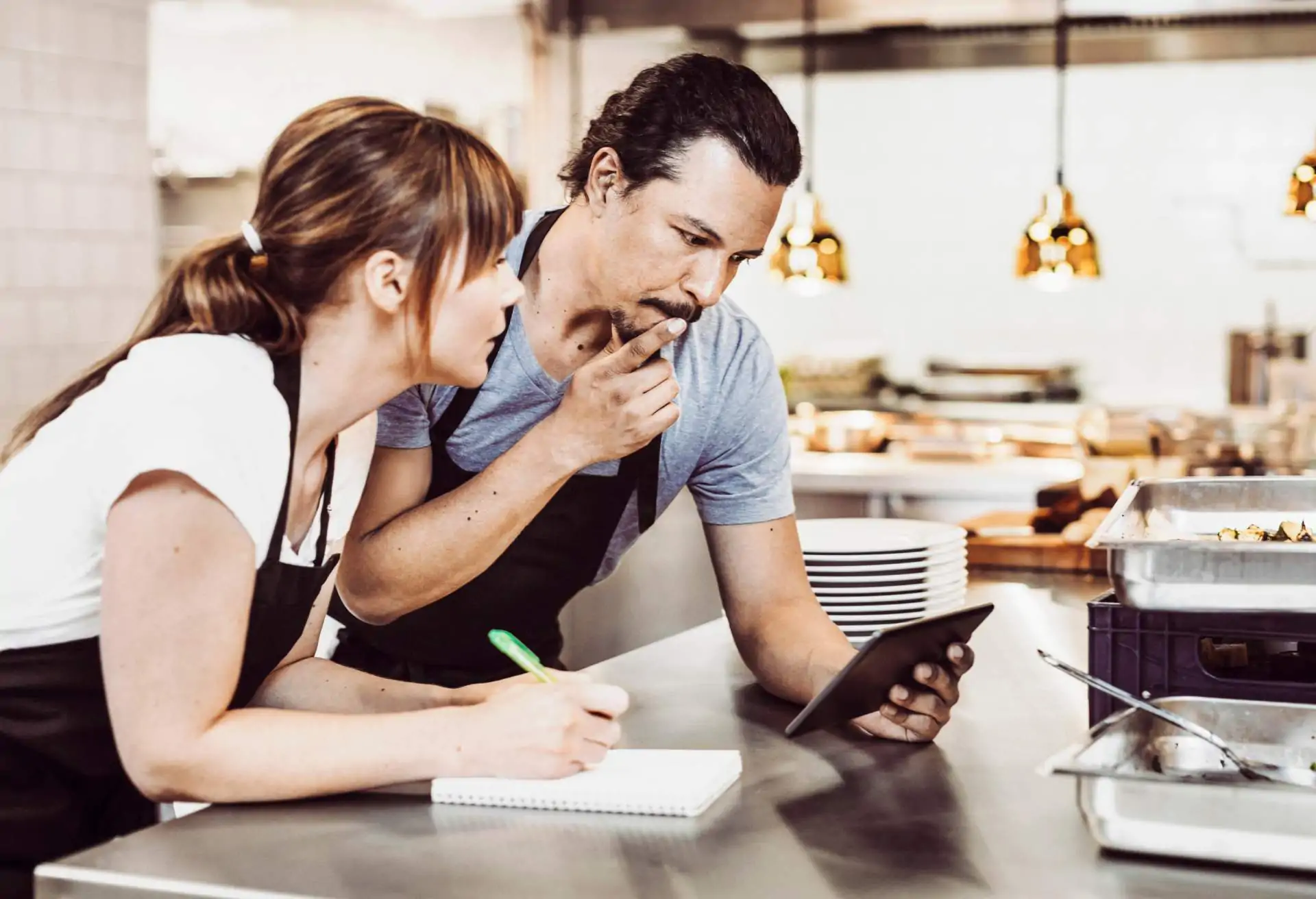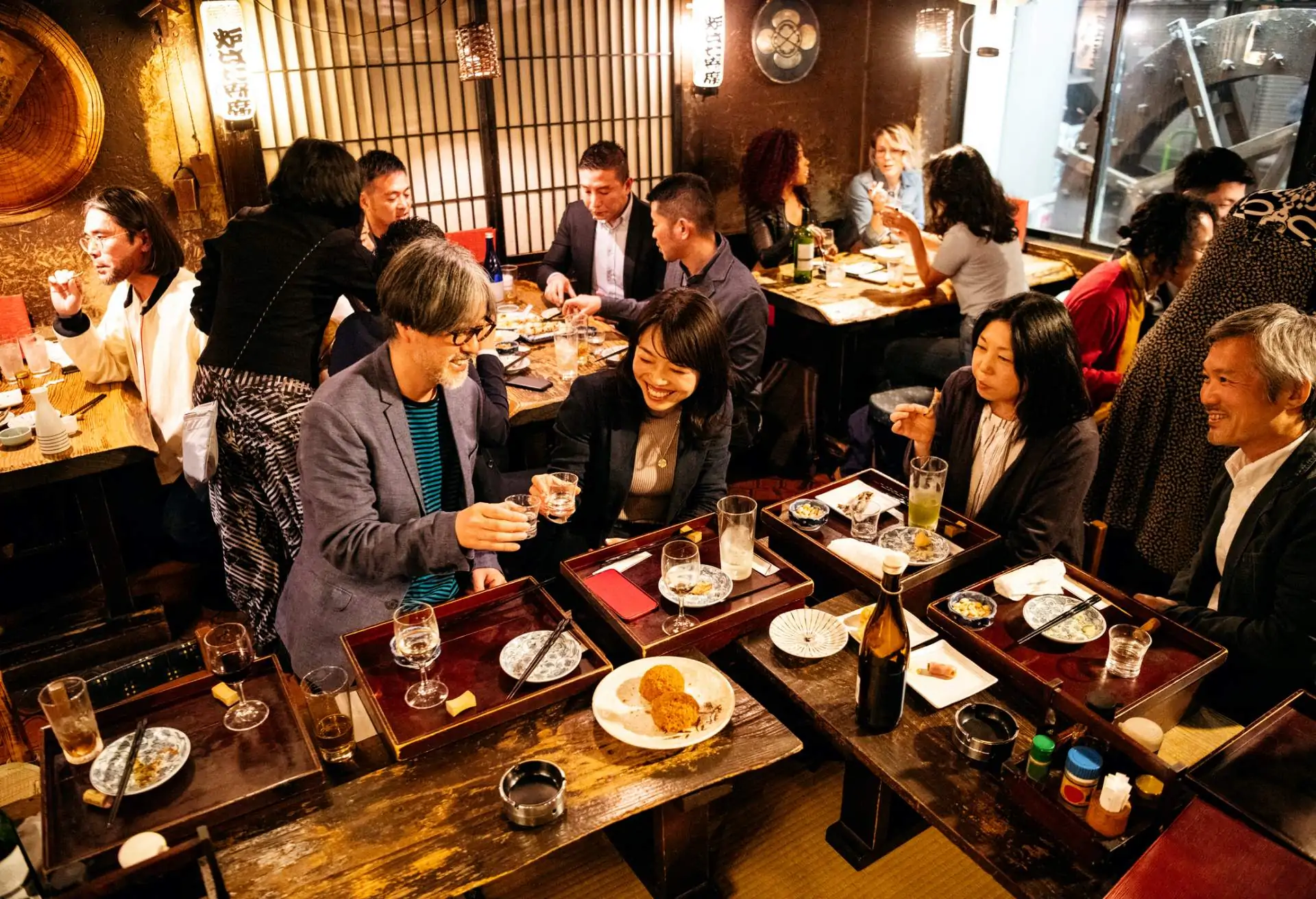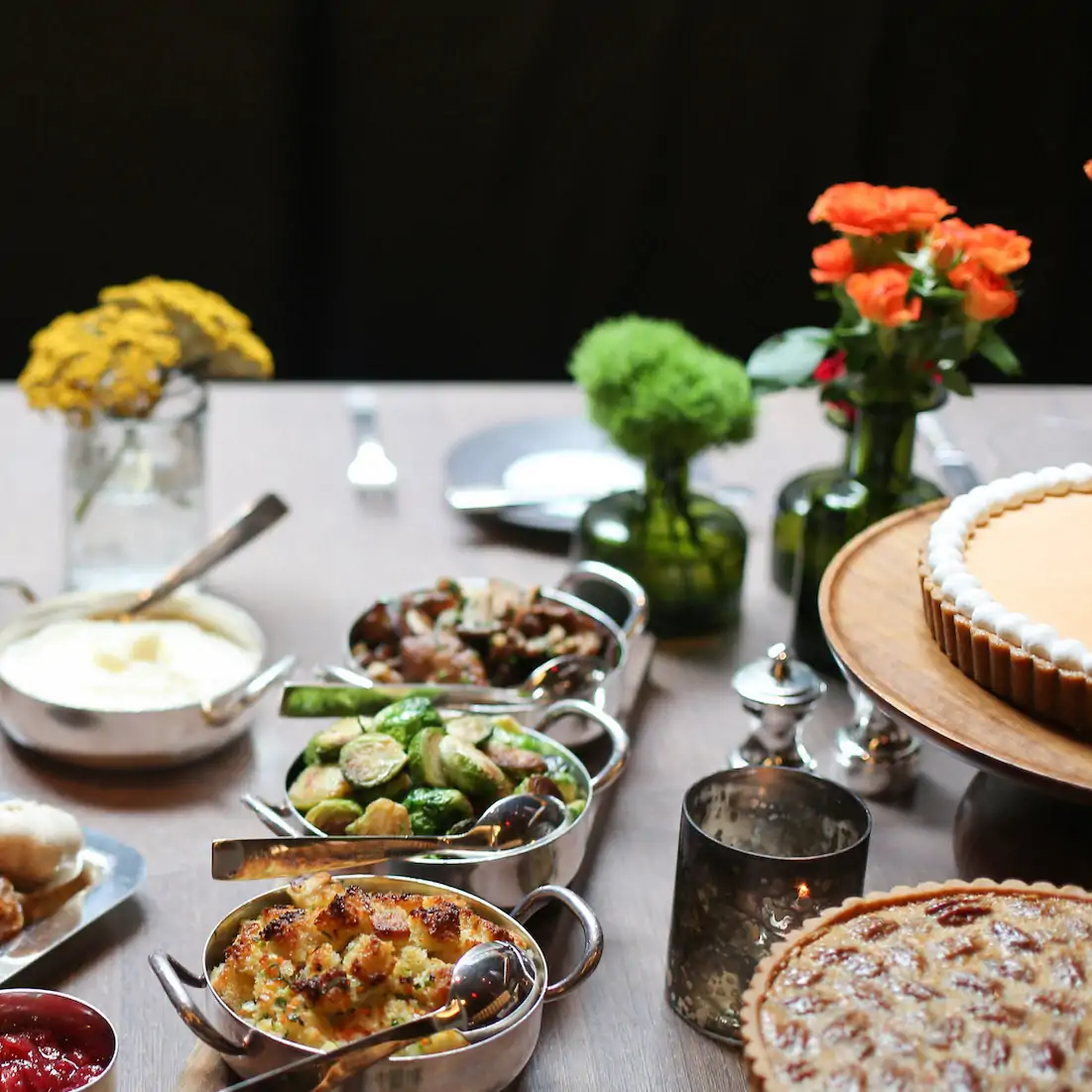Most people who get into restaurants don’t do it because they’re passionate about accounting. They do it because they love cooking, interacting with people, and creating unforgettable dining experiences. Still, all restaurateurs must make numbers-based decisions about many things, including menu prices. It’s a high-wire balancing act of keeping sales and profits high while holding expenses at a minimum.
With tight profit margins the norm industry-wide, you have to be savvy about deciding on menu prices and purchasing food. Your time and money are precious—don’t let your resources go to waste.
Here are some essential guidelines to keep in mind when pricing your menu.
Raise prices when you need to
The cost of food is at a historic high, and it looks like that trend will continue for the foreseeable future. Guests understand this; they experience the same sticker shock at the grocery store. Many experts believe that a majority of restaurants have been underpriced for years.
If you haven’t recently done so, it’s a good time to crunch the numbers and increase prices where it makes sense. If you worry about guests’ reaction, train the team to explain the reason behind the price increase or create an email newsletter or social media post on the subject. Most people get it.
Remember not all guests are equally price sensitive
Consider the demographics of the people who dine with you most often. If your regulars are folks in their 80s who lived through the depression, they will probably notice and object to even a $1 price increase on their favorite menu item regardless of how much money they have now.
But for many restaurants, a different generation represents the majority of their guests: Millennials. This group is remarkably insensitive to price. They’re prepared to pay a premium, but they have extremely high standards on everything from sourcing to service.
You have to pair higher prices with more attentive service and meaningful storytelling around everything from the reclaimed wood that serves as your bar to the provenance of the herbs that garnish their plate. Tailor your menu and hospitality to the guests you serve.
Start with the menu price in mind
Many people look to food cost formulas when they are trying to create menus. They start with the standard cost of sales, then think about how to price each item.
It’s easy to start with an assumption, such as wanting your food cost to be 30%, but it’s unlikely that every single menu item will represent the same percentage. The majority of dishes will fluctuate.
Take a veal chop, for example. The product is expensive, but you accept the higher cost because you’re getting a higher dollar amount back. You may also have a side dish that uses veal trim, which can be very profitable. Ultimately, you have to look at the balance.
And it gets more complicated from there. If you have the veal chop on the high end and you sell a substantial number of chops in comparison to the rest of your menu, that item’s impact is weighted. Costs will be extremely high because that’s what is selling: the more chops guests order, the more you need to buy.
There’s another way to approach all this. Instead of starting with the cost of sales, identify the price that appeals to your guests and work backwards. If your menu needs a veal dish at $20, build an option that is cost effective at that price point. It could be pappardelle with veal ragu instead of a veal chop. You need to understand what you can charge to bring people back in.
Offer a variety of price points
Building dishes starting with the menu price is a good strategy from a marketing standpoint because it allows you to identify your various customer segments—the people you’re actually serving.
Think about the different types of guests you see. They probably aren’t all seeking out the same experience. Some guests are perfectly happy to spend $100 per person, but others may be looking for a lower cost of entry. First identify what your menu looks like as a whole, then figure out how to appeal to every one of those segments through your menu.
While a fine-dining, white-tablecloth restaurant may be fully booked on Valentine’s Day, it may also be slow on a typical weekday. Today, the most successful restaurants in the industry cultivate a broad appeal. The most profitable concepts are multifaceted, turning plenty of tables on Tuesdays and Saturdays alike.
Identify your customer segments, understand your value proposition to each one, and develop a menu that is based on that. A successful menu will guide guests onto the journeys they are looking for without compromising the core values of your business.
Keep track of inventory
To stay on top of costs you need to have an accountant or someone within the company produce a monthly financial statement showing what your total cost—food, labor, wine, everything—is running.
But even that information can be misleading. Many factors make the costs inaccurate; you need to have effective inventory procedures in place so that you are able to see what you paid for the item and factor in inventory adjustments.
If you start the month with five lamb shanks, sell four, and then buy another five, the assumption is that you should have six at the end of the month. However, you might only have five because a unit is missing. This is why a strong beginning and ending inventory is important. Someone may have stolen the missing item, but if you are not tracking this, you may never understand where you are losing money until it is too late.
This is why taking an accurate and regular inventory is so vitally important. Having a meticulous accounting helps set menu prices that add up to sustainable success.
Find out where you can raise prices without losing guests
The price of beef has risen substantially. Many restaurant owners have raised the price of their beef dishes to compensate. That’s straightforward, but another possible tactic is to see where else you can raise prices on your menu that won’t cut into traffic and sales. Here’s how it works:
Look at your top-performing items to see where you’re making the most money. In general, 15% of your menu will yield 65-80% of your cash flow. Ask: are those items price sensitive? In the history of those items, when you last changed the price, did the demand stay the same or go down? If the same number of people buy it either way, it’s not price sensitive. These dishes are ideal candidates for a price increase. It’s the items that stop selling when the price is increased that you want to think twice about before changing.
Revenue isn’t the only measure of success in a restaurant, but unless your business is a charity you’ll need to turn a profit to keep the lights on. One of the only levers a restaurant can pull in the face of costs of labor, food, and other supplies is menu prices. Don’t be afraid to take a fresh look at what you’re charging through this lens and make strategic adjustments.




